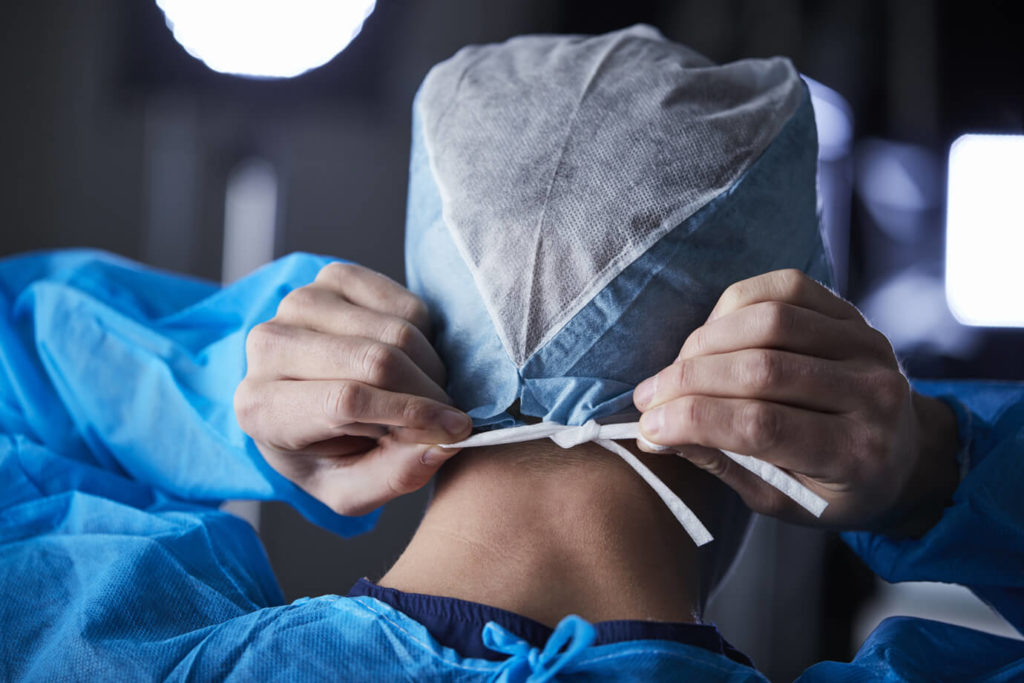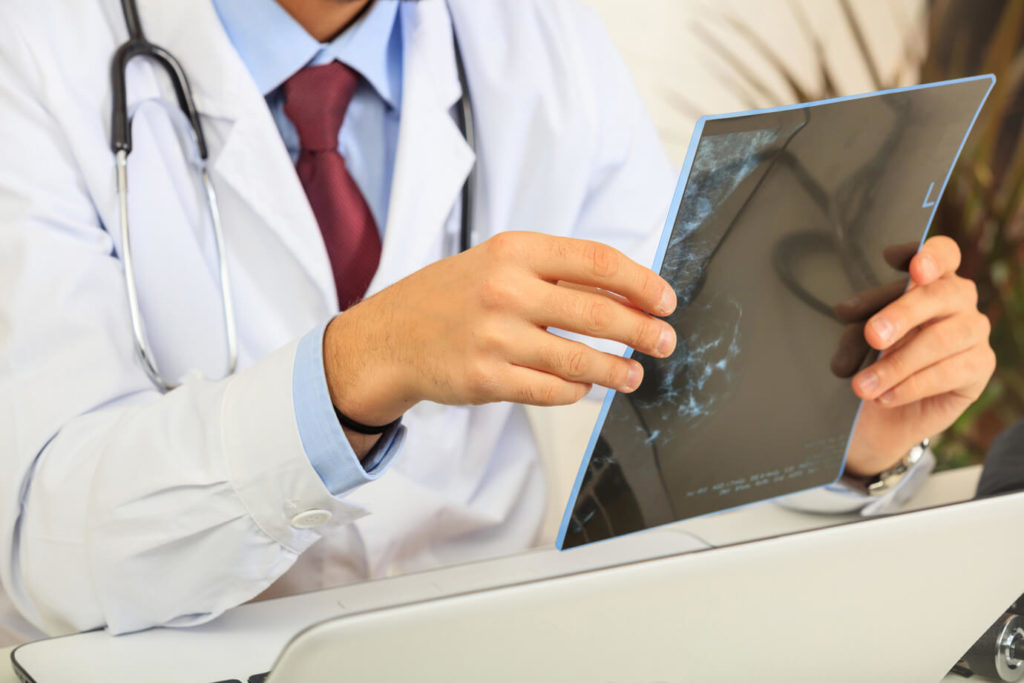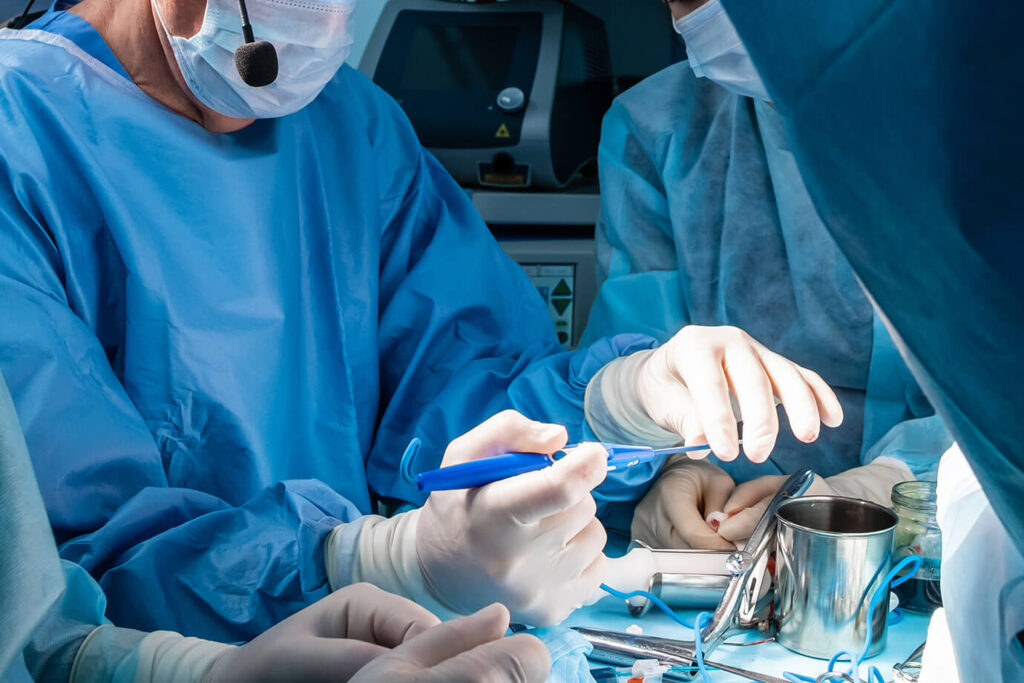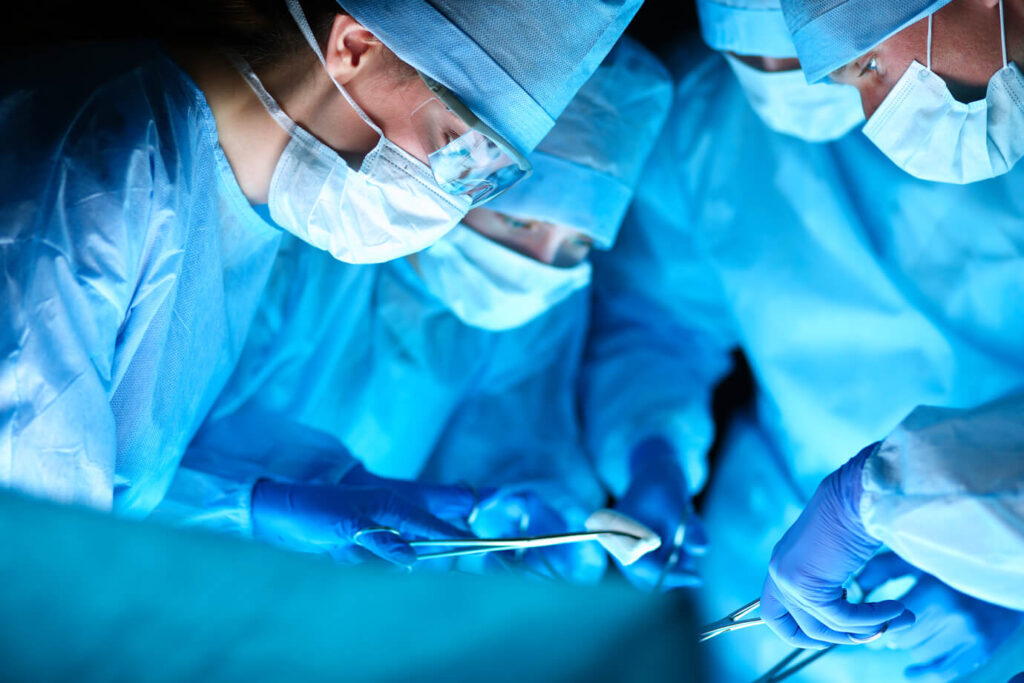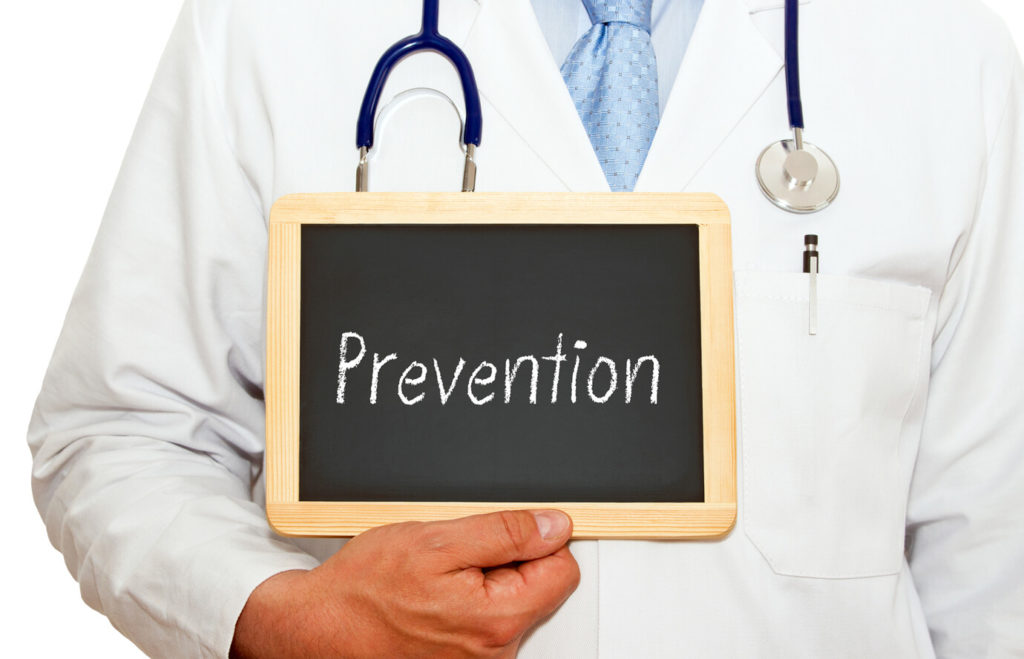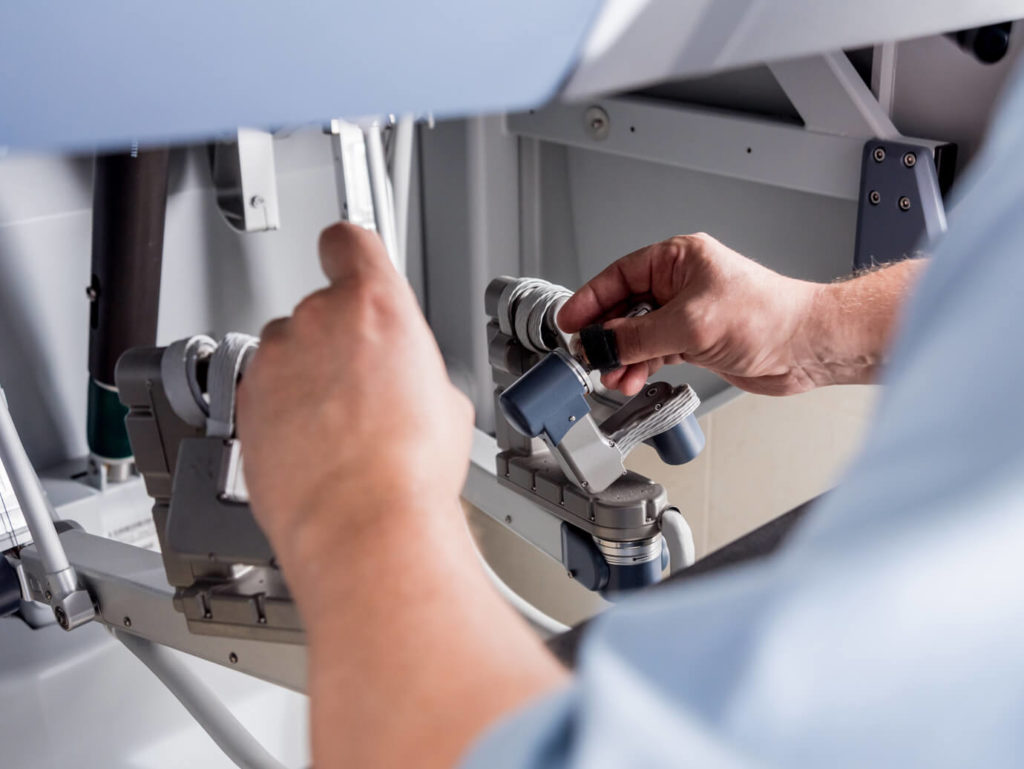Surgical Associates of Corpus Christi
What is “Endoscopy” and why is it important?
Endoscopy is a tool that physicians use to examine the digestive system. It is a flexible lighted tube fitted with a camera that can be inserted in the mouth or the anus. The scope for each opening is different in size and functionality.
Your digestive system consists of multiple organs that interact with an approximately 20-foot “tube” that starts at the mouth and ends at the anus. Its job is to break food into smaller pieces, add enzymes to further break down food into its chemical parts and absorb the nutrients. Water is added at the beginning and removed in the colon. The colon is the last 4-5 feet (of this tube) that is important in removing the water and making formed stool. This stool is mainly bacteria that has eaten the leftover food your body did not absorb.
Endoscopy is used in a variety of ways to evaluate for both symptoms of patients as well as a screening tool to remove polyps including cancerous ones.
Types of Endoscopy
- Colonoscopy – used to evaluate the large intestine or colon. A scope is inserted and with the help of the camera, polyps can be removed or biopsies of diseased colon tissue may be taken.
- Esophagoduodenoscopy (EGD) – used to evaluate the esophagus/stomach/duodenum or the upper 3.5 feet starting at the mouth. Biopsies of these areas are useful in diagnosing ulcers, inflammation, malignancies, and bacteria that can lead to all these above diseases.
Reasons for Endoscopy
The most common reason is a screening colonoscopy used to check for cancer and inflammatory diseases, Colorectal cancer occurs in 4% of men and women and is the second leading cause of cancer death. Your surgeon is able to identify and remove the polyps from the colon.
Diagnostic EGD or Colonoscopy may be used to find a cause of anemia, change in bowel habits, abdominal pain, or positive tests for blood in the stool (Cologuard or Fecal Occult Blood Test).
Therapeutic EGD or Colonoscopy can treat known problems including bleeding or narrowing of the digestive tract.
Surveillance endoscopy is an EGD or Colonoscopy for patient with history of inflammation, polyps, or cancer that is a follow-up to the original endoscopy.
Sigmoidoscopy is a shortened form of colonoscopy that does not look at the complete colon.
Other Options
No test is 100% including endoscopy, however endoscopy allows for a sampling of the diseased area to give a final diagnosis.
Fecal immunochemical test (FIT), fecal occult blood testing (FOBT), virtual colonoscopy (CT colonography), and barium enema are tests used at times to determine if endoscopy is necessary or sometimes when endoscopy is unable to be completed.
Benefits/Risks of Endoscopy
Benefit of endoscopy is to accurately diagnose diseases by taking a sample and removing small polyps. Removing polyps at an early stage can decrease your risks of death from colon and rectal cancer.
Risks for endoscopy including perforation of the colon (rare, 3 in 10,000 colonoscopies), bleeding (14.6 per 10,000), nausea, diarrhea, cramping, or abdominal discomfort.
What to expect
For EGD, you will be asked not to eat/drink for 8 hours prior to the procedure. For colonoscopy, it is very important that your colon is thoroughly cleaned before the procedure. This allows the doctor to see and remove tiny polyps. This cleansing is called a “prep’ and will usually begin the day before and continue up to the procedure. We recommend drinking the prep with a straw to minimize problems with finishing. You will be given strict instruction on the prep and your diet.
Someone will be asked to drive you to and from the location where the procedure will take place. Upon arrival, an intravenous line (IV) will be placed and fluids/medications administered. You will be given sedation after placing you on your side to start the procedure. Your doctor will guide the scope and small amounts of air will be used to evaluate and remove or sample abnormal tissue. This tissue will be checked for cancer and other diseases.
Patients will be monitored until fully awake and most will go home within 30-90 minutes of the procedure. You should not make big decisions, drive, or return to work for the rest of the day. We also recommend you start by eating light meals then easing into solid foods for the first day. Severe pain is rare but cramping pain usually resolves with the passing gas. You should return to normal bowel movements within 2-3 days of the procedure.
Call your surgeon if you develop severe abdominal pain, feel that your abdomen is hard, bleeding for more than 2 bowel movements or have significant blood per rectum. Also call for nausea, vomiting blood, fainting, weakness, shortness of breath, or fever over (100.4 F.).
For more information
https://www.facs.org/~/media/files/education/patient%20ed/colonoscopy.ashx
